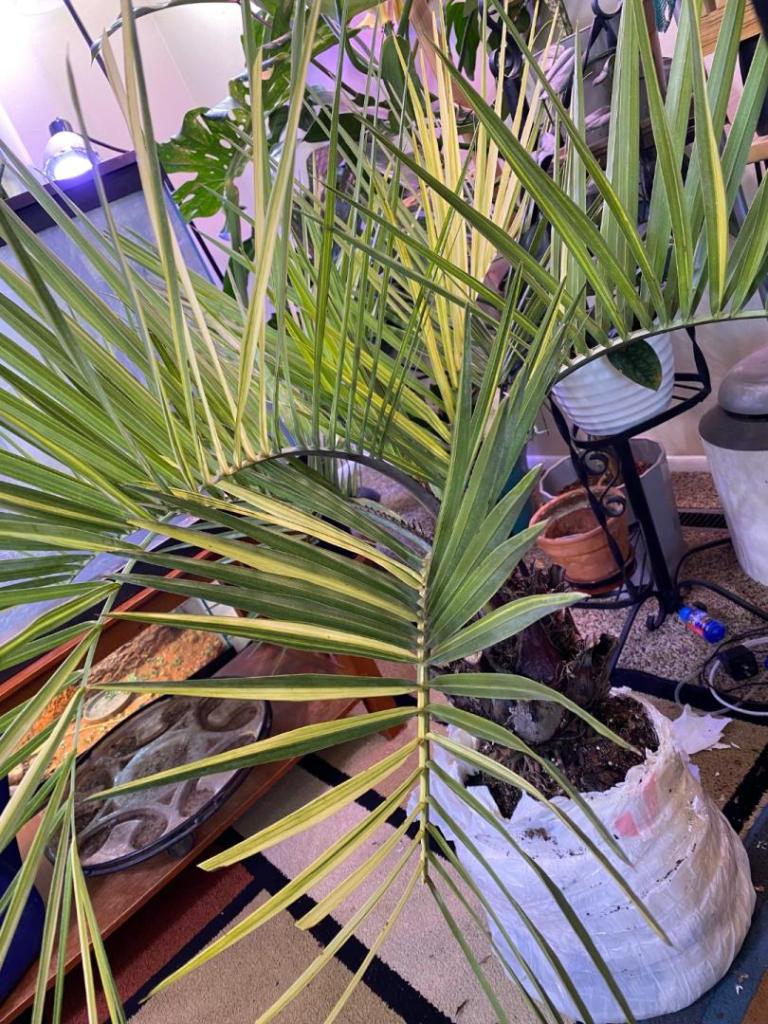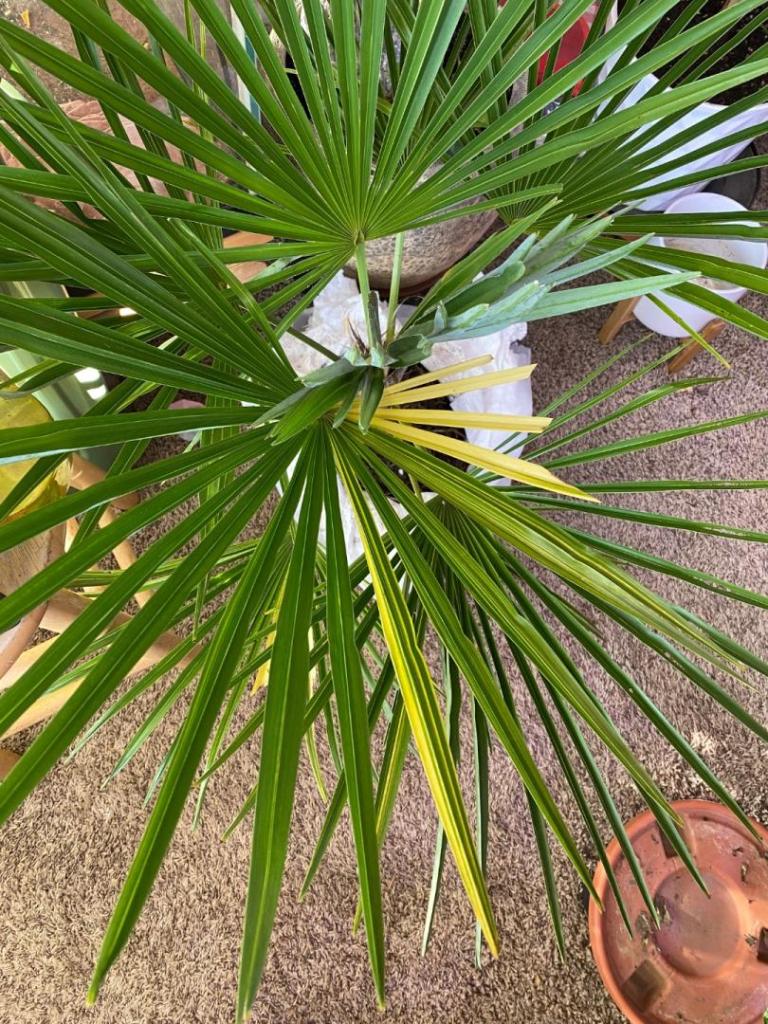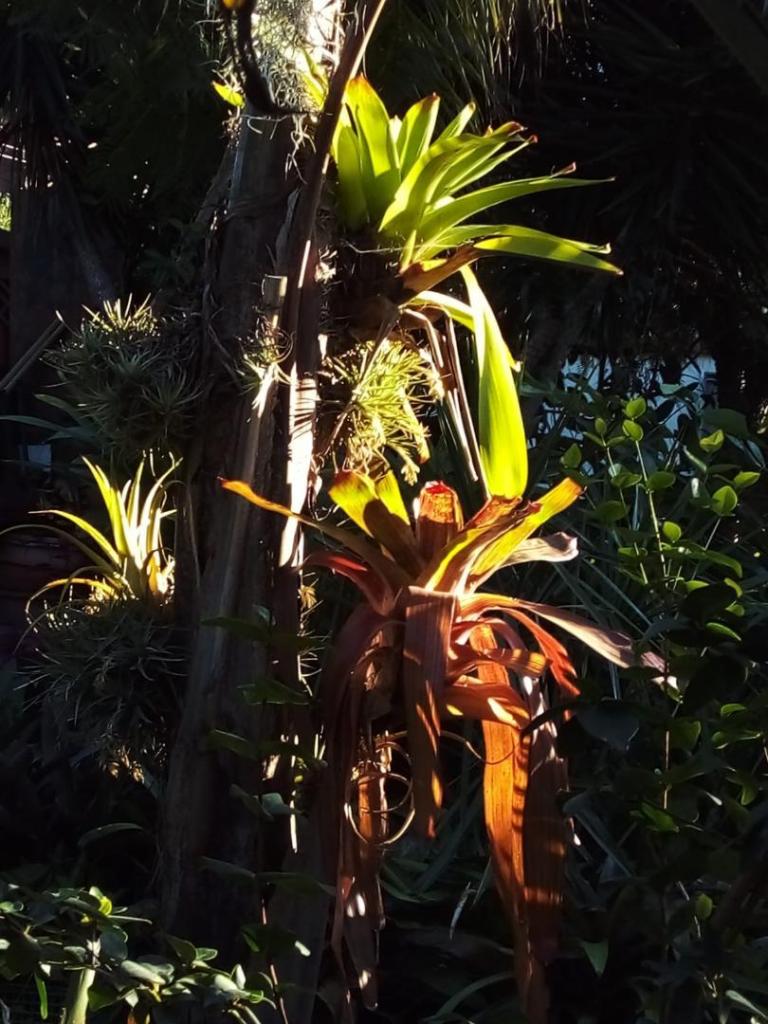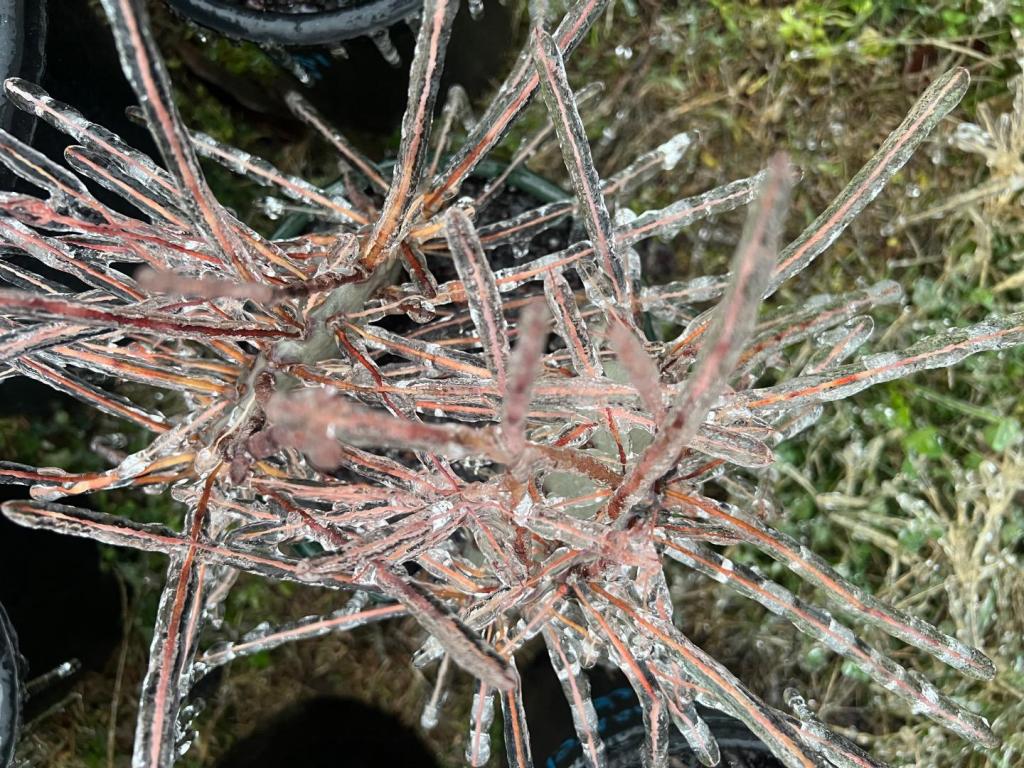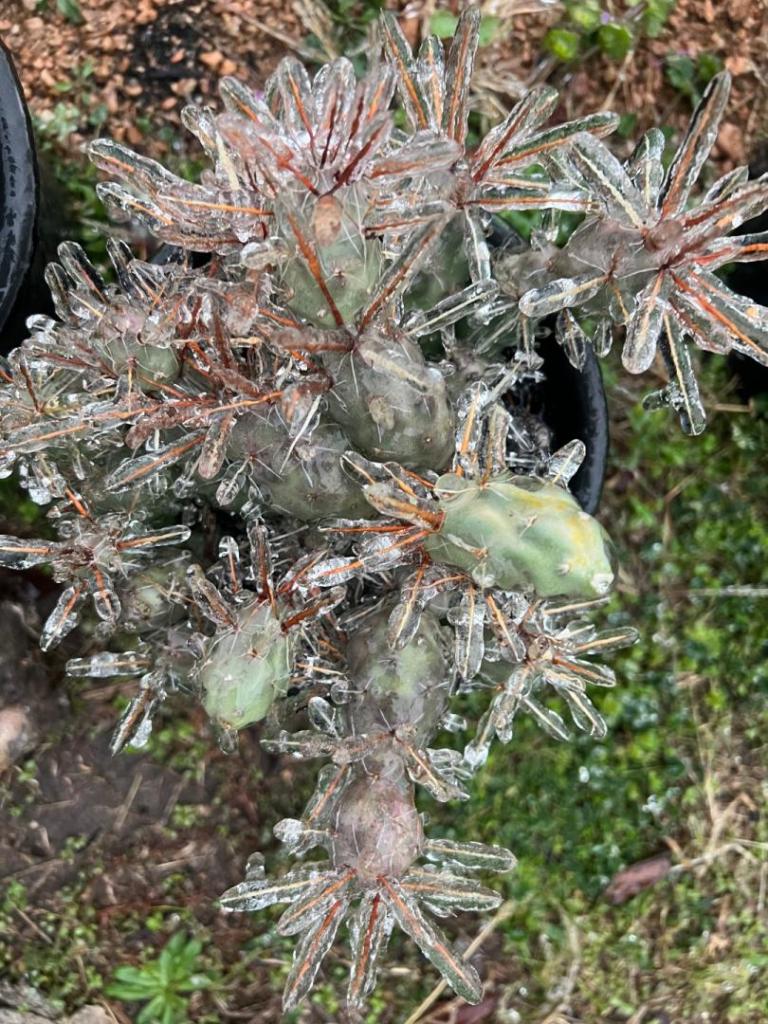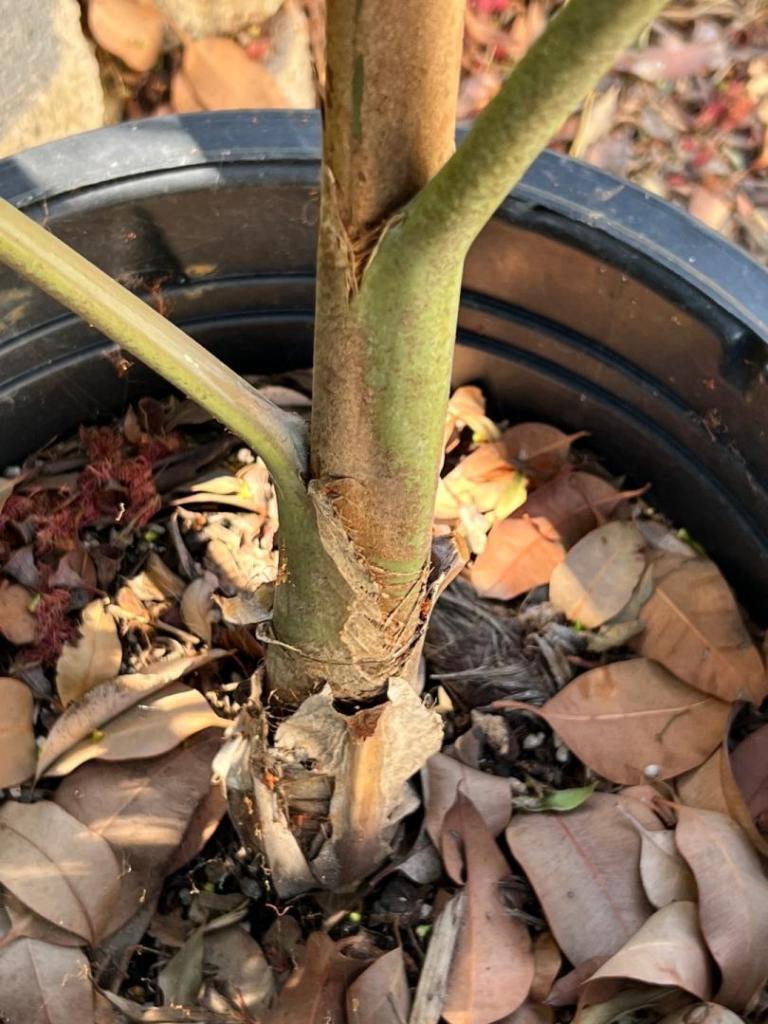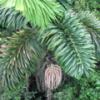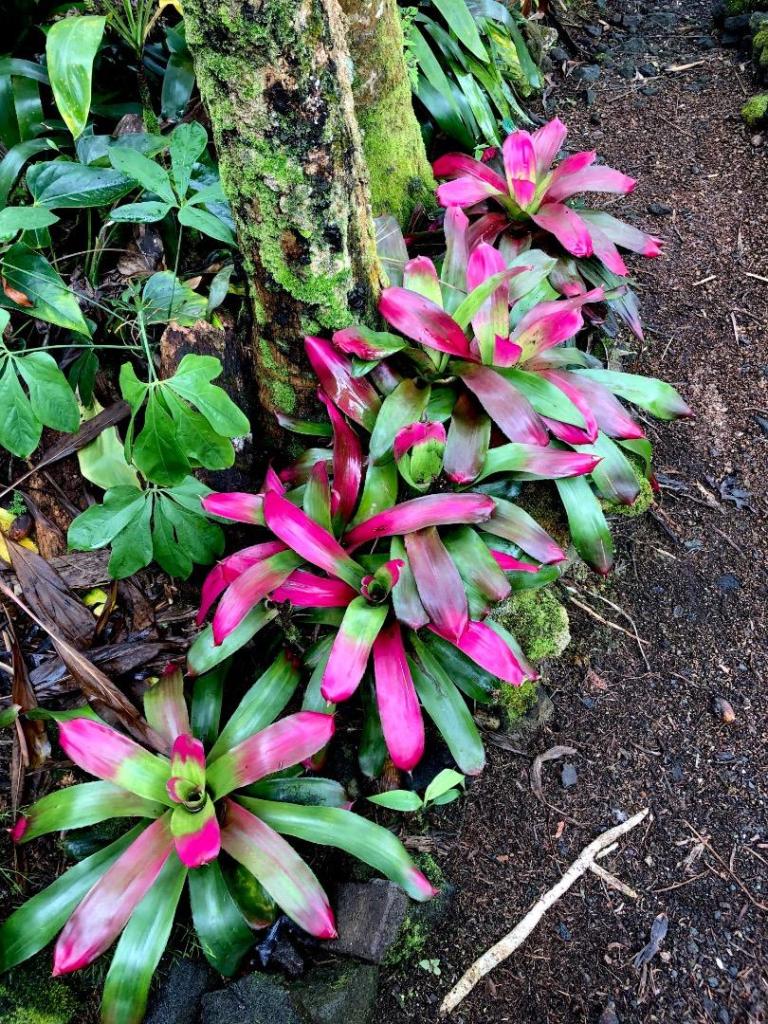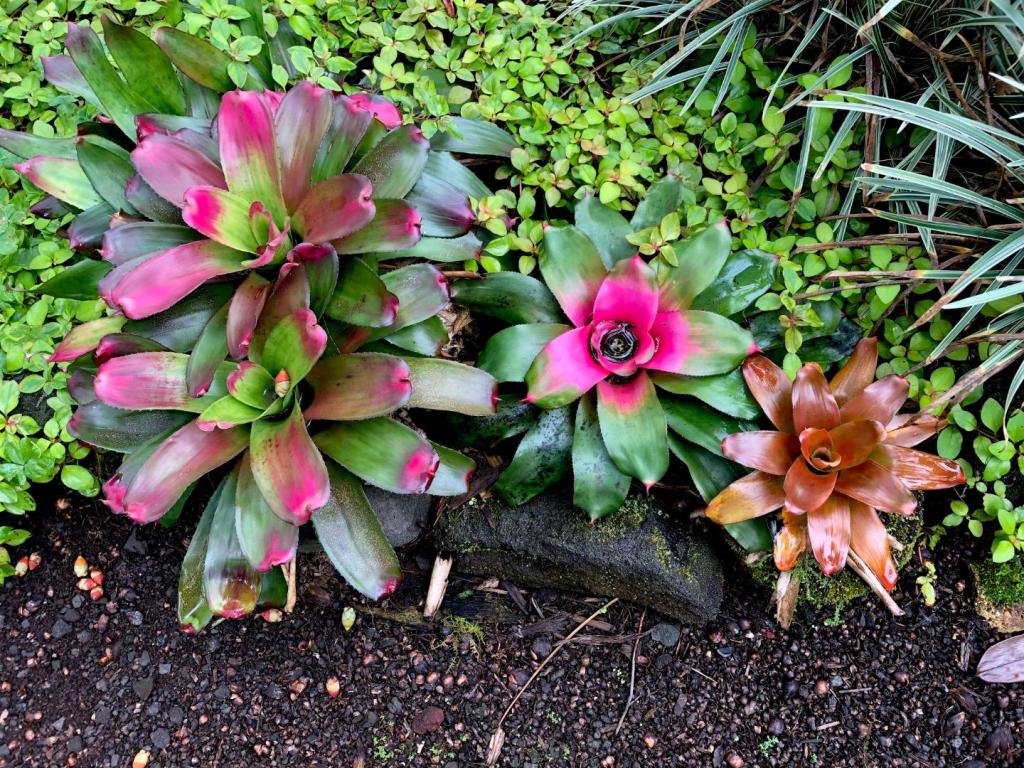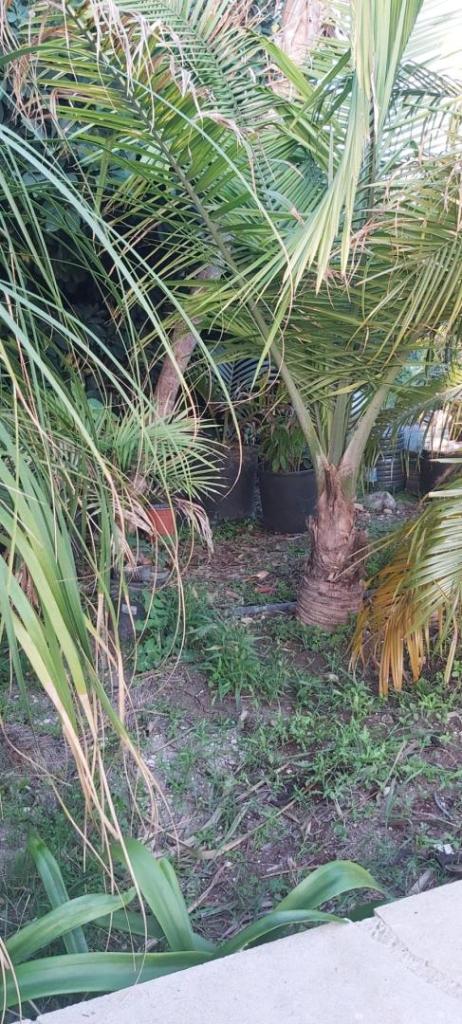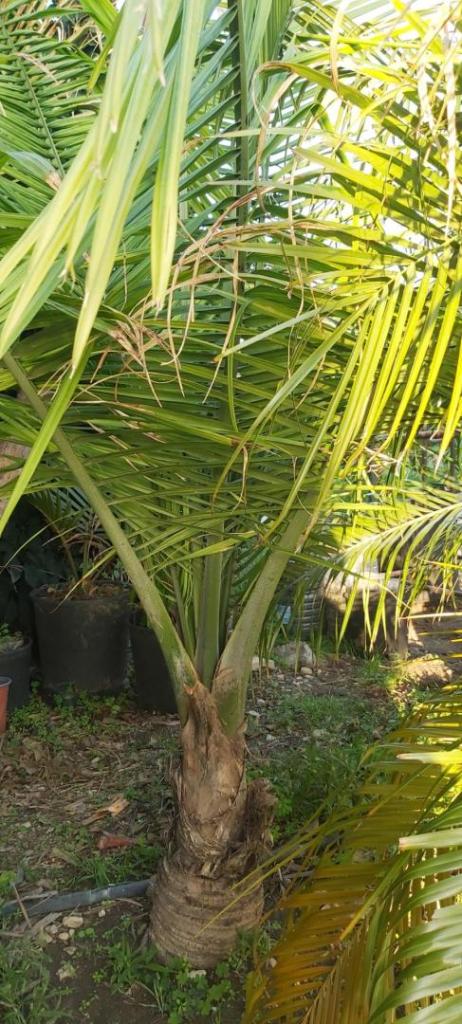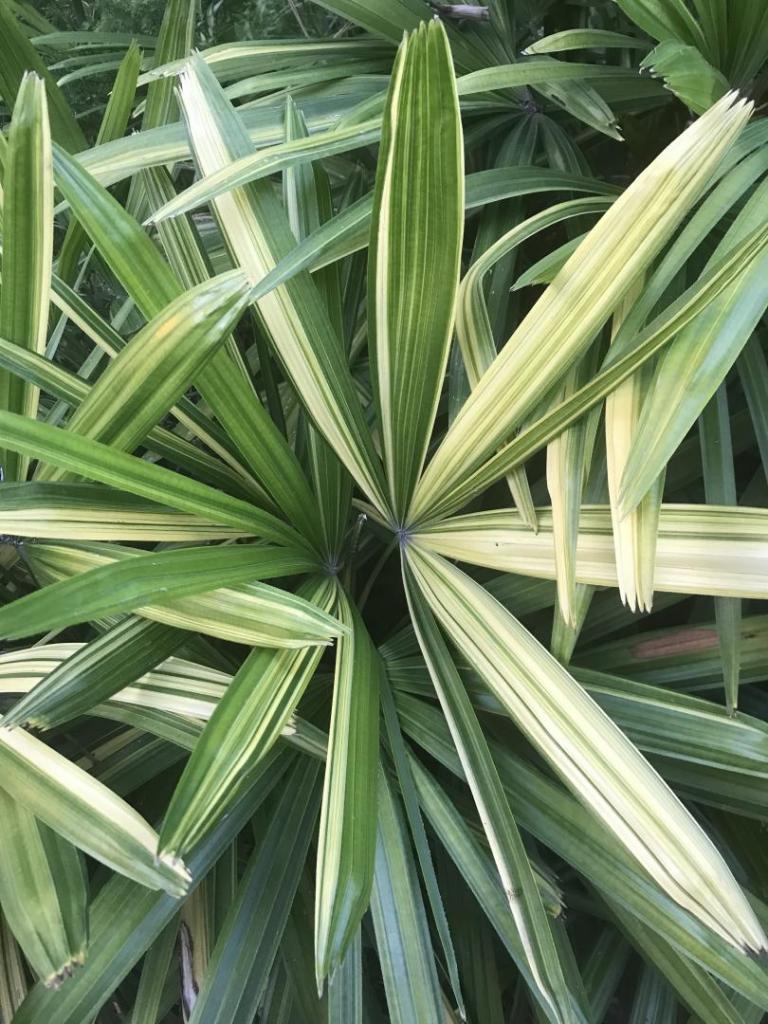Leaderboard
Popular Content
Showing content with the highest reputation on 02/02/2023 in all areas
-
https://www.palmpedia.net/palmsforcal/Presteoa_acuminata_var._acuminata This link shows my previous attempt to grow this palm. Unfortunately the original ones died several years ago. I was fortunate to receive 3 seedlings a few years ago from a Bay Area plantsman, after his return from a visit to Ecuador. I raised them up to 3-gallon citrus pot size and have ground planted two in my garden today. The third one I gave to a fellow palm gardener here in SF. When I receive a gift of special plant material I don't consider it to be truly mine until I can pass some along to a third person. Anyone else growing this in California ? Here is the image of one I planted today !12 points
-
5 points
-
I have never delayed planting relative to the "seasons", which hardly matter here at all. Check out my seasonal temperatures. In the next few weeks or months I will install two Howeas, a Hedyscepe, a Pritchardia, and an Arenga.5 points
-
4 points
-
4 points
-
4 points
-
3 points
-
The palm was recovering all summer from the previous winter that almost didn't make it. Until January the weather has been very mild and dry. But now in February for the next few days we'll have some cold weather and rains. Not good for the cocos but ofcourse we need the rain here on the island. I try now to keep the roots as dry as possible. I hope it will help. I hope your cocos will be OK in the winter. You might need a bigger pot soon. Will you plant it in the ground in the future?3 points
-
Does well here and I have just germinated a batch of NZ produced seed. Colour is not quite on a par with a Lipstick palm but fabulous all the same.3 points
-
Ice is the absolute worst . 👇 25 years ago I went through this 👇 Some places 3” of ice. High tension lines crumbled like slinkies. Folks without power for over a month in January in the north east. 🥶 when weather calls for freezing rain take it seriously, it’s extremely hard to predict much like climate change. 🥳3 points
-
Croc’s are a whole different ballpark when compared to alligators. To Australians, Florida crocodiles would be like little pussycats. In Australia, and other areas around the world, I would obey the signs!3 points
-
As we have yet another Polar Vortex in December which has become all too common in the last 13 years, I look out at a garden full of damaged palms. They will survive but be unsightly for a couple of years, AGAIN. They were just growing out of the last damage 2 years earlier. I will have to look at that and pick up endless fronds while cursing them. Take my advice, even though we are classified at Zone 9a plant palms safe for Zone 8a like Mules, Chamaerops, Chamaedorea, etc and save yourself from the ugliness.2 points
-
I have a 13ft syagrus romanzoffianana and a 6ft one in London and its not babied at all completed unprotected. The only thing it's babied with is lots of fertilizer and water in the summer. Never protected in the winter there is no need to. I think the issue for BC is the winters are too wet and cool. Here's also a better photo of the one from lamorran gardens during the end of the summer. London is also warmer than mild parts of BC through every month of the year. Part of the reason why in central London they would survive compared to there is it's a zone 9b/10a and the fact Tofino has 6.4x more rainfall than here annually.2 points
-
2 points
-
How fast do your robustas grow? From everything I've read and seen so far Washingtonias seem to grow almost as fast for me as they do in the South West of the US. I think this might be true because the biggest variety of palms comes from regions close to the equator BUT about the most commonly planted palms I'm not so sure. Last year I noticed that many of my palms (and even other exotic plants) increased their growth in late summer/early autmn. It looked like they appreciated the somewhat cooler temperatures combined with some rain.2 points
-
Lampedusa is very windy: perhaps it would be a good place to attempt outdoor Cocos growing, but I think Linosa would be even better.2 points
-
First of all, I obviously wasn't saying that England in general is subtropical. Far from it. We all know that the UK in general is temperate/oceanic, although there is a clear argument for southeast regions (including London) being borderline Mediterranean nowadays. I was laughed at for saying this 2-3 years ago, then last summer of course had less rain than many parts of California with some places registering 0.0mm for July. Some places only saw about 0.7 inches across all 3 summer months. The climate in southern England is a bit more complex than it just being standard oceanic/temperate across the board. Like there is a clear difference between the far southwest and far southeast of England. Regarding the Isles of Scilly, they technically aren't humid subtropical as they do not meet the definition of having an average summer temperature above 22C / 72F. However it is somewhat misleading as NYC technically meets the subtropical criteria, despite the fact that you cannot even grow a Trachycarpus Fortunei in NYC outside of the immediate coastal area on say Long Beach. Even there they probably won't be long term with freezes wiping them out every 20 years or so. Clearly the Isles of Scilly are more tropical-like than NYC in that they are generally frost-free and can grow wide range of subtropical fauna, despite the lack of proper summer heat. Going by that metric alone, I would say that places like Tresco are 'temperate subtropical', even though that that isn't a technical term. We'll have to agree to disagree on this however. Also I have posted photos of 50+ year old Phoenix Canariensis on the UK mainland before. This one for instance would have survived the brutal freezes of 1963, 1987 and 2010 back when it was much smaller. I certainly wouldn't be making comparisons between Germany and England when it comes to palm growing potential. I don't think there is a single, long-term or mature CIDP anywhere in Germany. You say that it will only take one event to wipe out most of the UK ones, yet this one has clearly survived the test of time. Not to mention this winter we have had 2 very bad freezes with the coldest temperatures in London for 3-4 decades. The mature CIDP at least are pretty much bulletproof in many areas on the mainland now.2 points
-
I'm sorry but I have to correct this, it all depends on what part of the PNW you are in, its a large area. PNW encompasses some of British Columbia, Washington, Oregon, Idaho and parts of Montana. Much of it is actually cold and dry being composed of grasslands, mountainous regions, high desert and actual desert. It's hard to generalize over such a large area. Only a very small area would be considered similar to the UK. The coastal communities in WA, BC and OR would be the closest to the UK as they have much cooler temps in summer compared to inland areas. However there can be a large differential or multiplier of the amount of sunshine hours per year. And these areas are only a small fraction of what makes up the PNW. There is a common misconception of what it is like here, and I was guilty of that too before I started living here. Summers/Fall are totally different at my location than the UK, what is considered a heat wave in the UK is typical weather here, never mind we get about 2x the annual sunshine hours. Our winters and spring are similar so I would give you about 50% of the year. Just like California, as you move inland the temps rise. San Francisco is often foggy and cool but once you get close to Stockton or Sacramento the temps increase dramatically. The UK around London is considered a humid temperate oceanic climate, which aligns with many of our coastal communities. Once you get inland a bit most of Western Oregon falls under warm-summer mediterranean climate and further down it is hot-summer mediterranean climate. Sorry but I keep seeing the people compare to the two regions and I feel the need to clarify. It's like saying Florida and California are the same because they stay warm in winter.2 points
-
Not offhand, no. Mine are producing seeds now, so maybe I will get a few seedlings to come up variegated, but I'm not holding my breath.2 points
-
I also think the strong sun works both ways, during growing season the palm itself is warmer than ambient air temperature. During cold winter periods the palm also warms up more than the air temps. This is significant for the chances of survival in winter and for thriving during growth season. At our latitude a palm is almost never warmer than the ambient winter air temps. Perhaps slightly against a south facing brick wall, but even that works only for a slight distance off the wall. I once planted an archontophoenix cunninghamiana and protected it by an infra red lamp aimed at the trunk, connected to a timer during frosts. It easily surivived the cold frostnights in Amsterdam.2 points
-
The idea of planting palms seems to conjure notions of tropical climates being hot all the time. But some palms don’t require heat so much as simply not being too cold. That’s why you see palms in Britain which nobody would consider tropical. The temperature swings in the Bay Area are low and much different than ours. Hot for that area is often short lived and not enough to significantly warm the ground. I doubt that it makes much difference for planting. If a palm will be happy in that area, it will probably not mind being planted now.2 points
-
I second that queens are hardy in the low 20's. I hit 19f last winter & they took some leaf burn ( 50% maybe). This is a picture a few weeks after 22f this winter, still green. Unfortunately we hit 20f last night. I won't be home until tomorrow night but I'm sure queens will still be green since we heated up to 56f today. Seems like it was a brief dip.2 points
-
The million dollar question. Fantastic job with your coconut @Stelios2 points
-
Thank you! I think I am going to end up taking this one off his hands 😜2 points
-
2 points
-
2 points
-
Eric @ Leu Gardens said that Saribus really likes the wetter areas at Leu. I found they like part shade, and tend to yellow out in full sun. I moved my two small ones to part shade and they are a lot greener.2 points
-
2 points
-
I sold Palmpedia several months ago to someone who has the resources and passion to keep it going. It became too much for me alone to continue and provide the time and expense to do it justice. The new owner is an IPS Member, and a long time lurker on PalmTalk. He is a terrific guy, capable businessman, and a palm/plant lover. I think it is a good fit, and the future of the site is in better hands now that he is involved. Give him time, and I expect many more improvements. Thanks to all those who provided financial and emotional support during its creation and almost 20 year run so far. I too use the site often, and hope to for another 20 years.2 points
-
2 points
-
At least for here hardly anyone in the mildest parts of the UK tried archontophoenix for example and now in the last few years a few gardens and people have and have seen that they do really well. Europe has a higher population than Canada and the USA and I'd say there are more Canadians and Americans on palm talk than there are Europeans. The same is true for people trying things. The UK has a funny climate where in a short distance in certain areas you can go from being able to push lots of exotics to not being able to.1 point
-
Yes I know but NOW I mean palms are popping up everywhere even up here. This is a recent trend and it takes such a long time for a new species to become common or even considered worth trying. The palm obsession in Europe was crazy over a 100 years ago, where so many species got discovered and brought to Europe and the US and there are enthusiasts everywhere. I'm just saying that in general the average plant grower in Europe usually isn't trying things as much and taking risks either.1 point
-
The micro climate that San Francisco, to sum it up in a blue collar phrase is: "Steady Eddy". It's always going to be near the same temperatures in that specific part of California, no matter what time of year. Not too hot, not too cold, pretty darn constant. High of 60, low of 50. Maybe a few degrees warmer in the summer. Wasn't it Mark Twain that said the coldest winter he ever experienced was a summer in San Francisco? Or maybe it was Abe Lincoln. No, Abe famously said "Don't believe anything you read on the internet" Soil temps will be pretty constant out there, too, I would imagine. Now you head 1 hour east, and it's a whole different ballgame. Out there, summer: High of 100, low of 70 or 80. Winter: High of 60, low of 30-40. It's pretty wild all of the different micro climates we have in this one little area. Sunset lists 20! I don't even try some of the stuff that will grow out in S.F.. It gets too hot here; and if the heat doesn't kill it, a winter freeze will!1 point
-
Agreed. I planted a Livistona saribus, Ravenea rivularis and Archontophoenix maxima in January - they all are fine and actively growing. I wanted them to get a good start before the hot dry season upcoming. All are water lovers and planted in low/wet areas.1 point
-
No link but it belonged to an IPS member who now resides in Malta. I also had contact with a palmgrower in the outskirts of London that has several queens since around 6 years. The one against the south wall manages 2 fronds, the others 1. Nice and i would definitely do the same in your location, i actually had a largish queen for a couple of years, but it’s still very slow so unsuitable in a windy coastal UK location because the fronds will brown from windy daytemps of 6C.1 point
-
Have friends who live in Barcelona and have a royal palm unfortunately I don't have any photos of their garden. They also have a Bismarckia, dracaena marginata and Beccariophoenix. I think part of the problem is royal palms aren't sold in the nurseries around Barcelona. I have seen a few but they are far from common, but I think this has nothing to do with the fact they can't grow since Barcelona is very warm for its latitude of 41N.1 point
-
London is inland and in the south east of the UK which is much more dry warm and less humid than the south west. If you look at the last 10 years it's definitely leaning more towards Mediterranean than oceanic. Since London's inland you can definitely feel the difference in the humidity here compared to the south coast which even though it's dry is definitely more humid, also the reason London is the only part of the UK able to grow phoenix dactylifera. I would say its definitely different to the majority of costal towns in Oregon because it's much less humid here and significantally drier. Cornwall however I'd say is like costal southern Oregon. The majority of the UK I'd say is cool but London and the towns west of London such as where UK palms is are warm to hot in the summer.1 point
-
1 point
-
Hi, to grow bromeliads, you do not need to live in paradies, I too do not live in paradies (also a bit too cold for a hell here) but grow bromeliads. They too do not all grow in the tropical paradies as many use to think. You may just need a bit of shade, but I think there are some bromeliads frome some more extreme climates, like Southern Brazil, that could take you full sun. Maybe the tank emptying is meant for inside growing? I do not grow bromeliads in my appartment, but do know that inside they are more prone to the tank rot, so a monthly water change can be recomended. Outside, I water with the hose when watering other plants1 point
-
Warming up here today and the ice starting to gradually melt... nearly 30F for the first time since Monday. Supposed to hit 34F this afternoon, back to 30 overnight, then we climb out of this tomorrow.. I've been documenting this all along the way so it will be interesting to see everything growing out of the brown fronds this summer. Again.. plant those Sabals everyone.1 point
-
1 point
-
Dear Anthony, Please find bellow an example of what could be done: https://www.google.com/maps/d/edit?mid=11TqXYTZ20ynEb37Pn10CtX5dz8toybI&ll=44.21644576709736%2C-3.0856420499999935&z=6 This could be inserted as a new category in the website. Let me know your feedback. Thank you, Joao1 point
-
1 point
-
1 point
-
After growing bromeliads for years, I did not know the central cup was called the ‘tank.’ Learn something new everyday. I’ve never cleaned out the tanks as abundant rainfall to does that for us. Also, I agree with Darolds comment about the collection of organic nutrient material in the litter catching design. Trying to control mosquitos is pointless. Tim1 point
-
Dear Anthony, Thank you very much for your kind message! Palmpedia will require all hands on deck to reach the peak of its possibilities! And you, as well any enthusiast is very welcome to contribute with support, content, pictures, articles, and ideas. So i am grateful for your enthusiasm which is very much shared by me. I took a deep look in your idea, which i agree that could be fantastic specially to document the successful efforts of marginal planting and survivability guide, since if we could pin point geographically successful cases of palms planted outside their climate zone, this could be a very valuable resource for all of us to really know how far the limits could potentially be pushed. Of course the existence of such guide, could not assure success plantations, because every garden, can have exterior elements that can contribute to the creation of a special microclimate, that could not be reproduced in the same surrounding location, however i still think would be very cool tool. I was thinking a bit in how potentially that could be done, and i found a quite easy and straightforward solution. We could use the Google API that allows the pin point of comunal maps shared by users. It is particularly good for us because it allows free cooperative inserts, so all users can work within the same map, and will allow to edit the pin with information (in our case, palm cultivar, type of plantation, age, minimum temps etc) and potentially we can figure out a way to add picture also. Let me know if you want to help and contribute with your expertise in the peruse of creating this tool, to be made available trough Palmpedia! Thanks! --------------- Dear Richard, Thank you for your input, regarding font size, i agree and i have performed a font size increase. I didn't had notice, since i use very big screens and when i took a look in laptop i agree that they would be of extended convenience to have a bigger font size. Thanks for your contribute! --------------- Dear Dean! Thank you so much for your kind words! I hope i will honor the amazing work done by you, Ed and all the contributors over the years! Like i shared with you, the other day thought my usual reading i became deeply touched by the article of the state sale of Dr. Mardy Darian, http://www.marriedtoplants.com/hodgepodge/mardy-darian-garden-estate-plant-sale/. I think any gardener and palm colector must introspectively relate to the irony of the destiny of our own mortality and ultimately disappearance of the product of our life work and passion. Like i told you i am currently working in a solution to recover the incredible Palmoramas (witch i think was a brilliant idea) that you have made from Dr. Mardy Darian garden. The Flash technology was discontinued by Adobe, and we are looking into a solution of converting the files and make them readable again, so hopefully this garden can live forever. Wether a fellow palm lover have passed, or a property with a beautiful garden have been sold i think would be an extremely cool option to remember this gardens. I believe we should create a place to perpetually capture and remember a garden and its gardener. This memorial tool would be also a great addition to Palmpedia! I also took opportunity and devoted some time to think in one option to make this easy, and at reach of every user, and currently i see to two possibilities that would be valid options and i challenge any member is interested and is reading this to try so we can make it happen. 1) Try to use a new technology of 3d scanning made available for the newer and more modern phones. Its is free and it might provide a good result. And looks rather simple to use. https://poly.cam/ Garden Example: https://poly.cam/capture/F6650311-ED91-406C-BBA9-B062E4C5BE42. This probably is the most complicated way of doing it, and with the lowest picture resolution to appreciate the gardens. 2)The best i think, and easier is the usage of Google Earth services. Google Earth allows to contributors, to make street views or even interior views, of monuments and gardens and load it in google earth data base. Of course the mapping and 3d pictures that is required is not easy to do, and require special cameras, but here comes the very very cool part. There is an enormous list of google contributors that have this cameras, and most likely you have one next to the place you live. Some of them do this captures for free for Google points and compensations, others charge very small amounts (60 USD) for small businesses to make their front capture, and their shop capture. Of course might be people asking crazy fees, however there are literally thousands of contributors every where, so it is matter of negotiation. I have used this system before for making a interior 3d view of a hotel i have developed, and allow costumers to navigate thought the common spaces and see the hotel, and venue is a virtual model, to help plan wedding cerimonies and others, https://maps.google.com/streetview/contributors/ https://www.google.com/streetview/how-it-works/ https://www.google.com/streetview/business/ See if a Professional is near you: https://www.google.com/streetview/business/trusted/ Let me know if you think this might be a thing, and if the rest of the readers/members think its a cool resource to make available in Palmpedia. Thank you very much to all the ideas and volunteers wich are sending emails, i am very thankful.1 point
-
1 point
-
1 point
-
I was driving home from my dads house this afternoon and saw what looked like a good sized variegated Mexican fan palm. One of my least favorite Palms however this palm was actually quite attractive. (I know I am probably just crazy). Wanted to see what others had to say. The coloring led me to believe that’s is variegated, however I know a nutrient deficiency can also make a Palm look like it’s variegated when it’s not. This palm was very healthy otherwise. There was also a couple smaller fan palms near by that looked like your typical Mexican fan palms with no discoloring at all. Any thoughts? Thanks in advance.1 point
-
Perhaps of interest to you guys....a variegated Trachycarpus wagnerianus I acquired recently...1 point


.thumb.jpg.f98e5066db1dec0358105c9c8eae8b39.jpg)

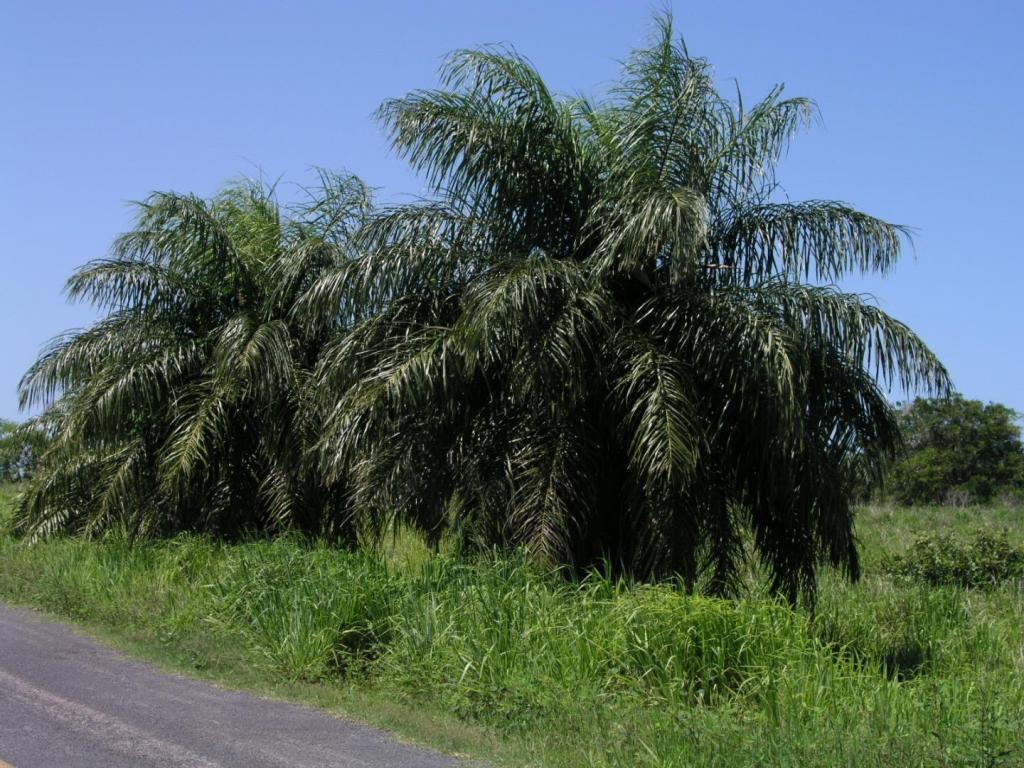
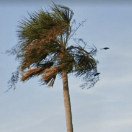
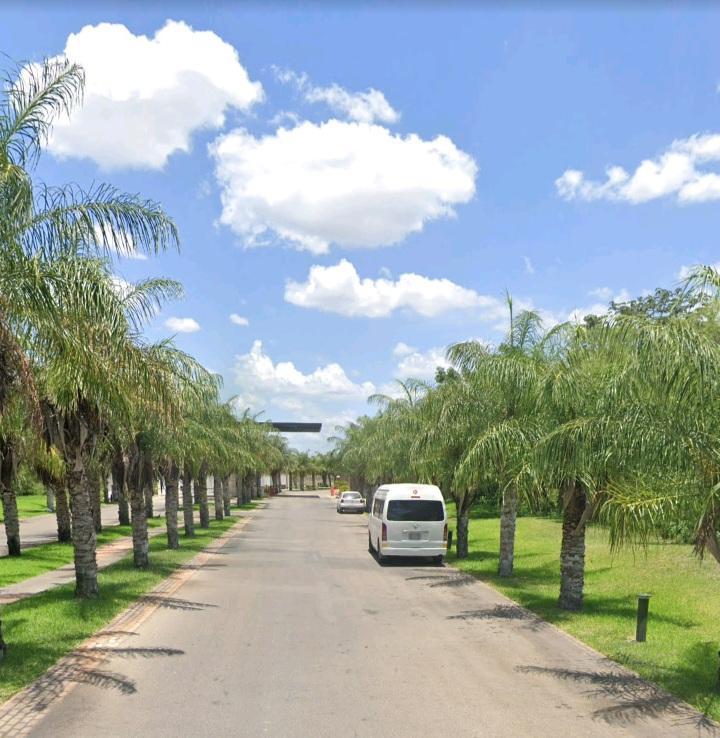
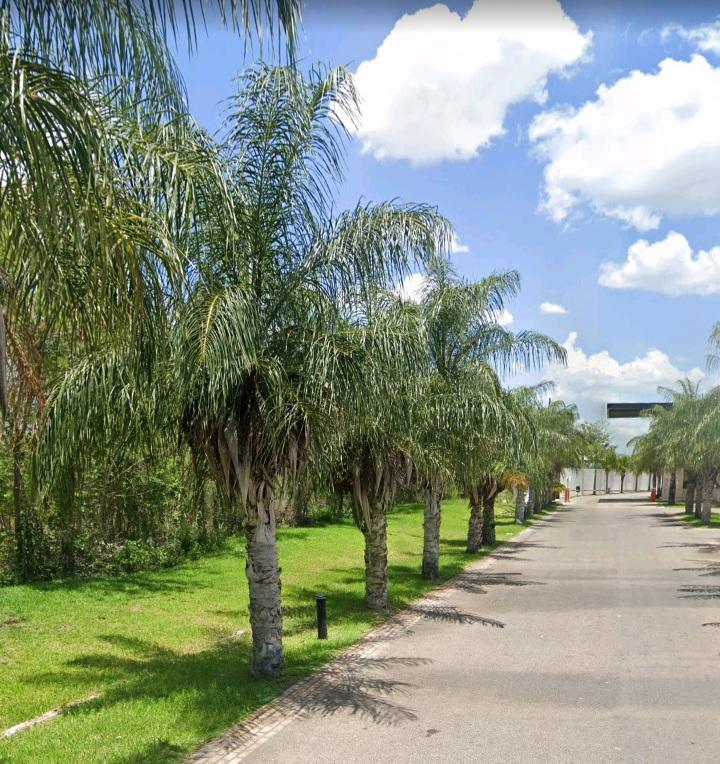
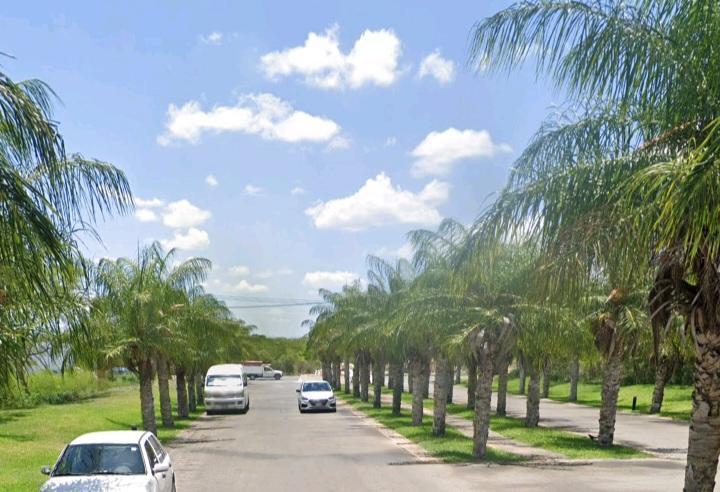
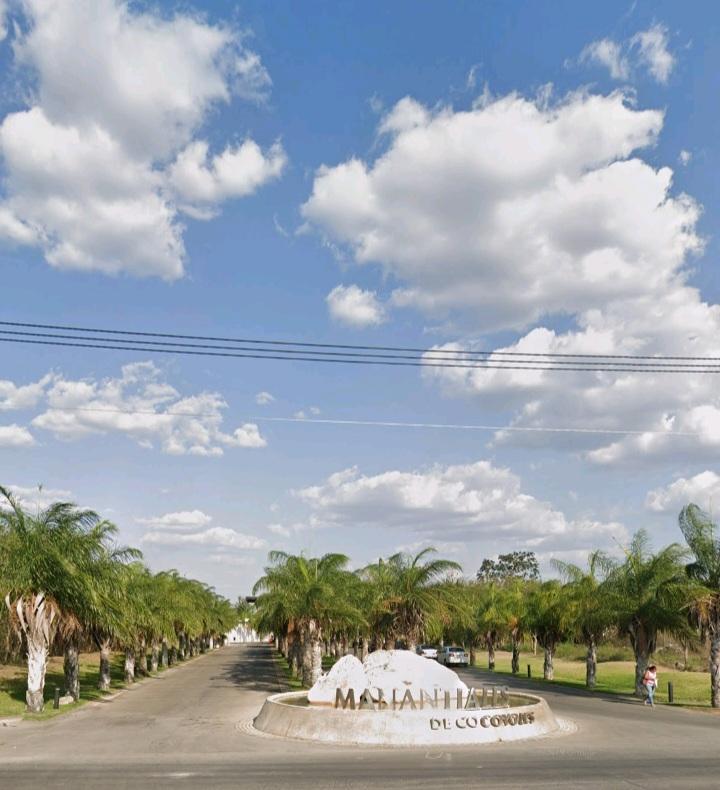
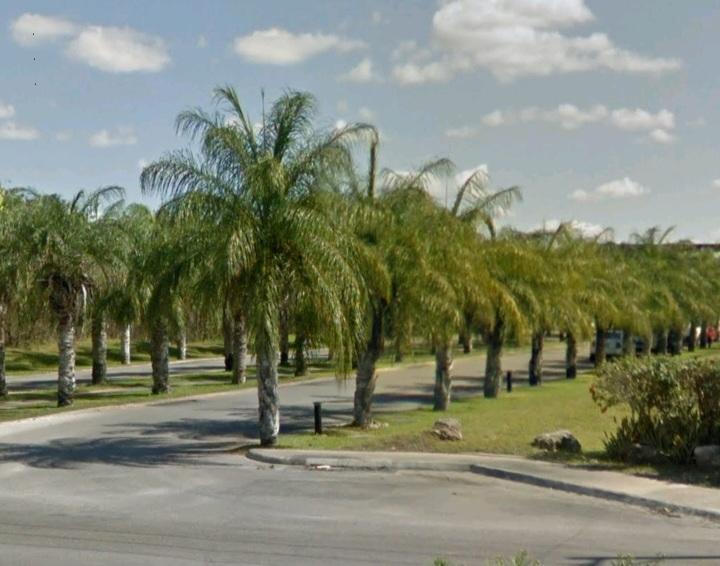
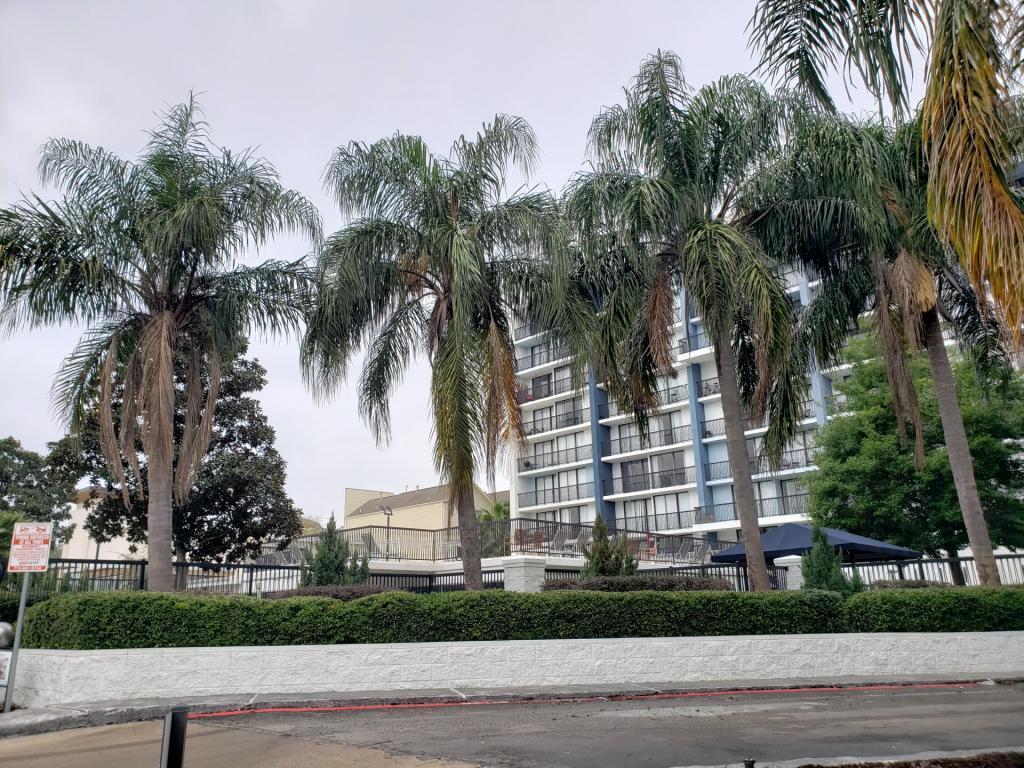
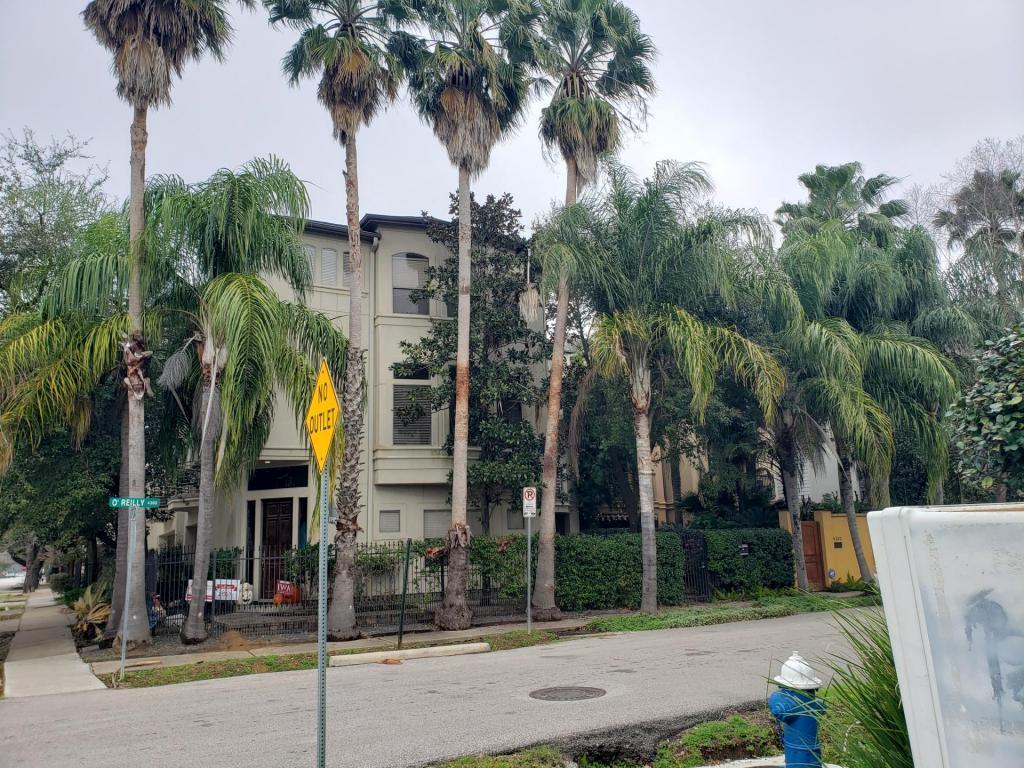


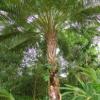
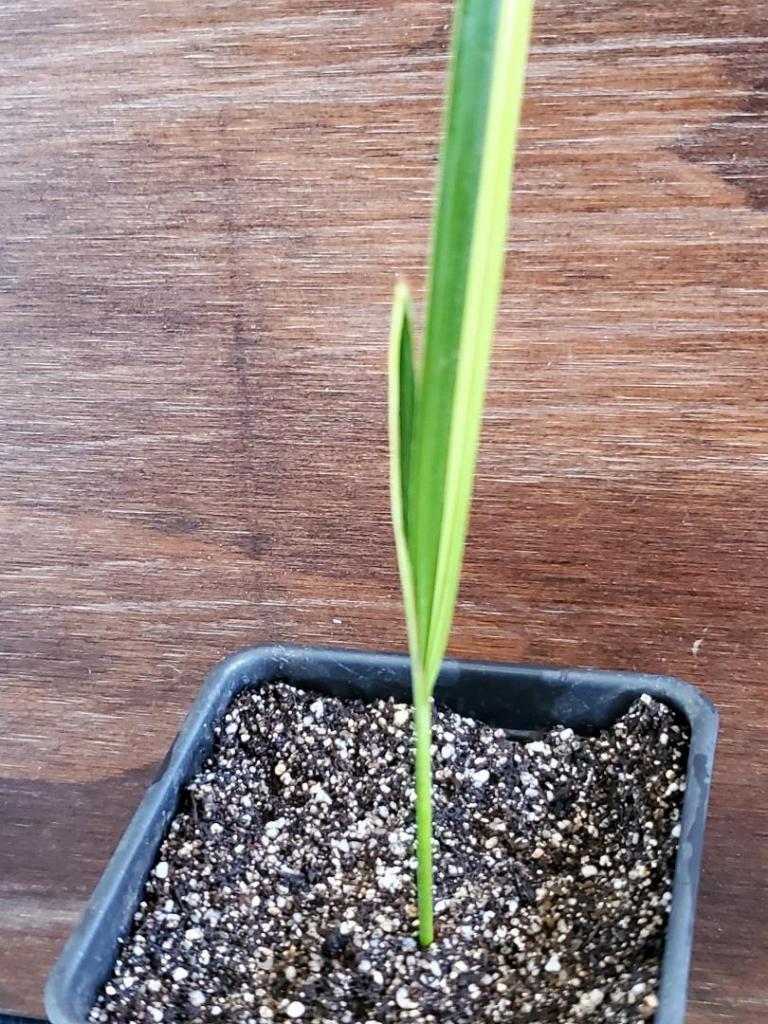

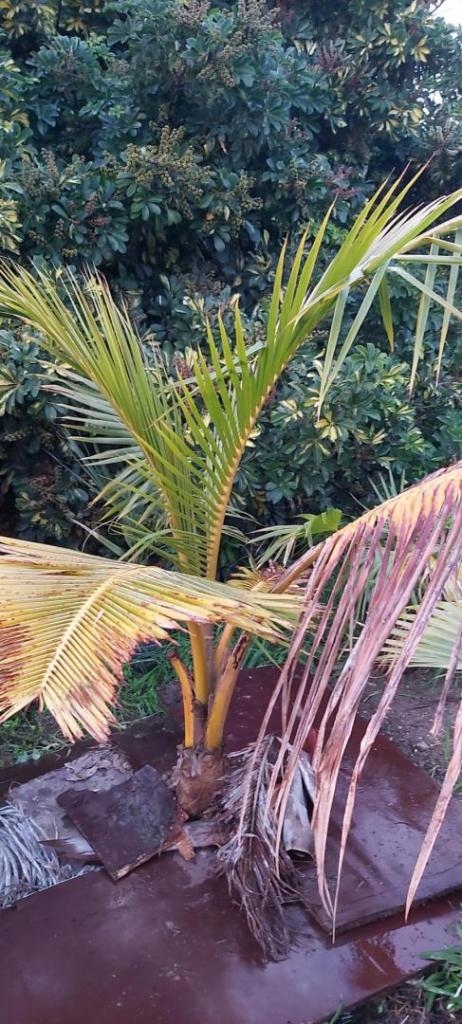
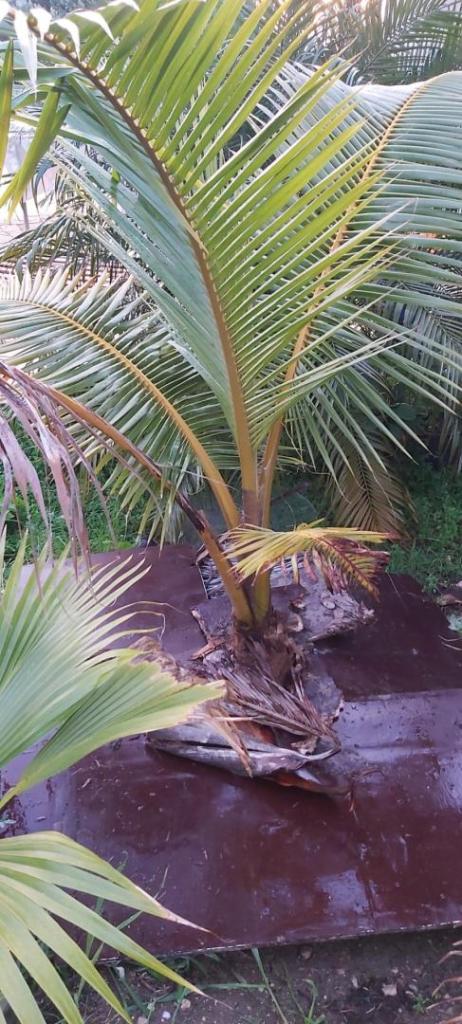
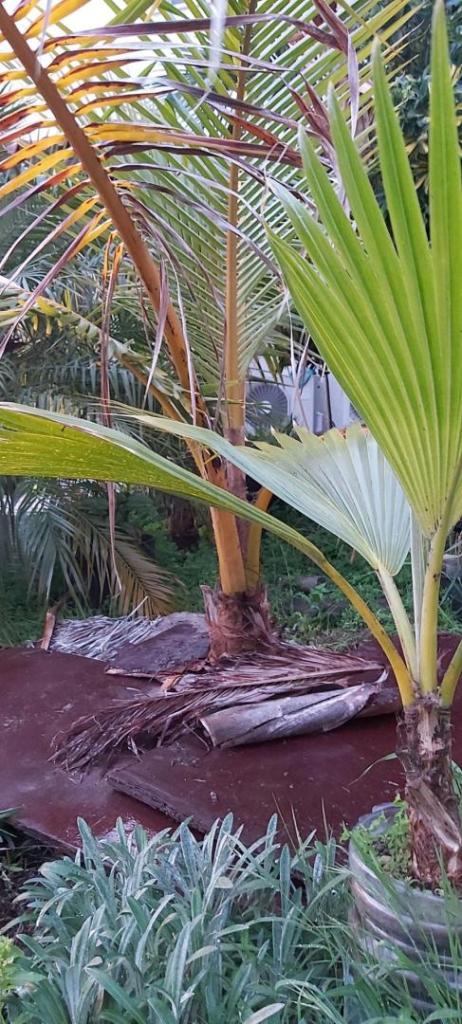


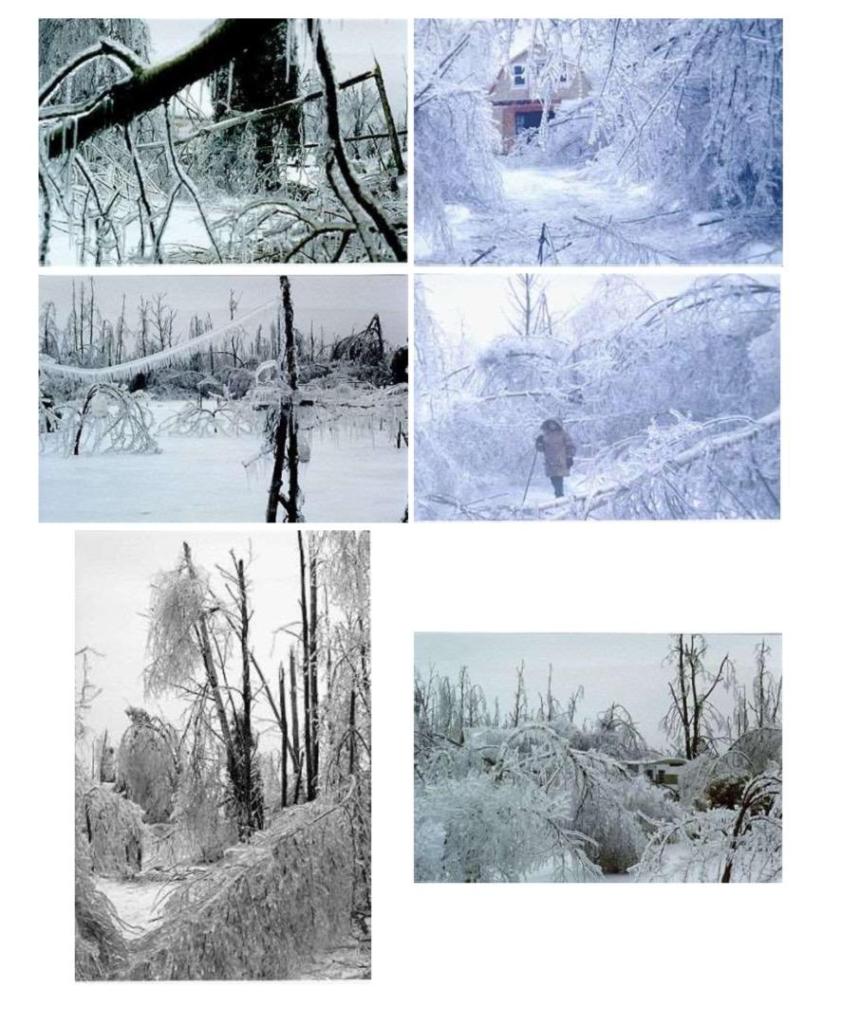
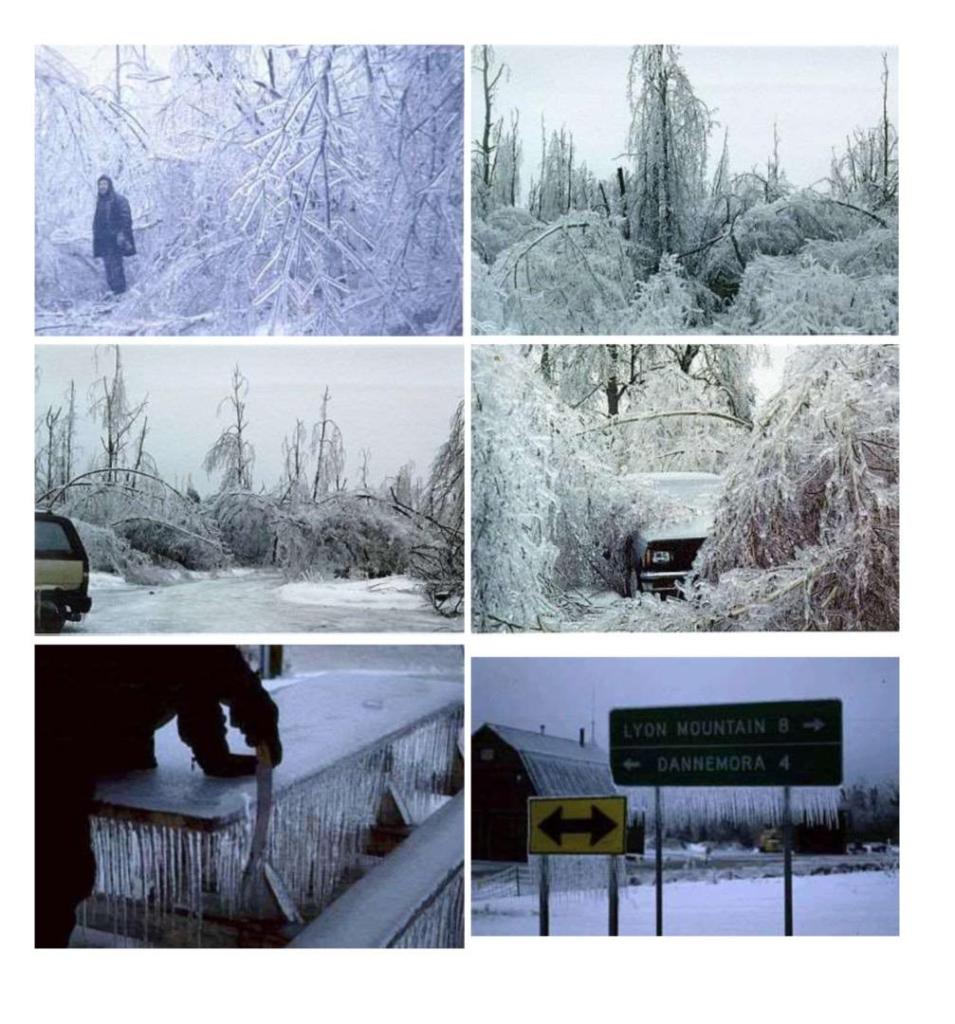

.thumb.jpg.b18c9276ca9b2d7f2ddcb92bdf9f0dd4.jpg)
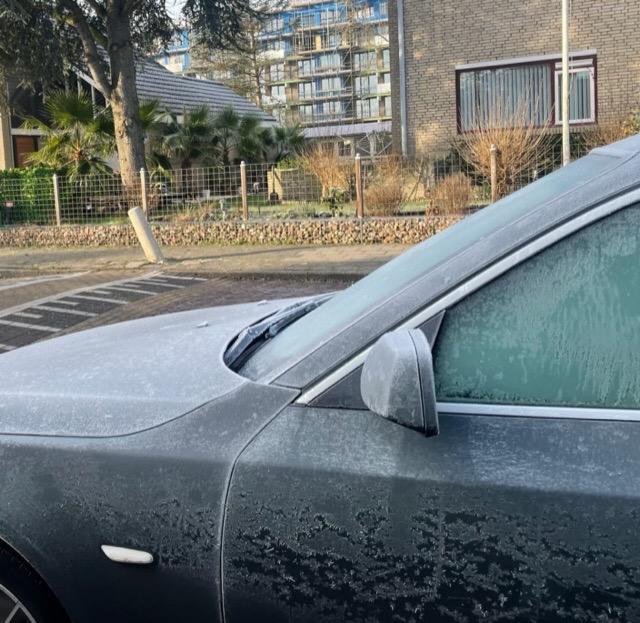




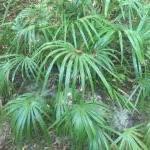



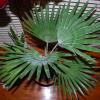
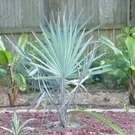

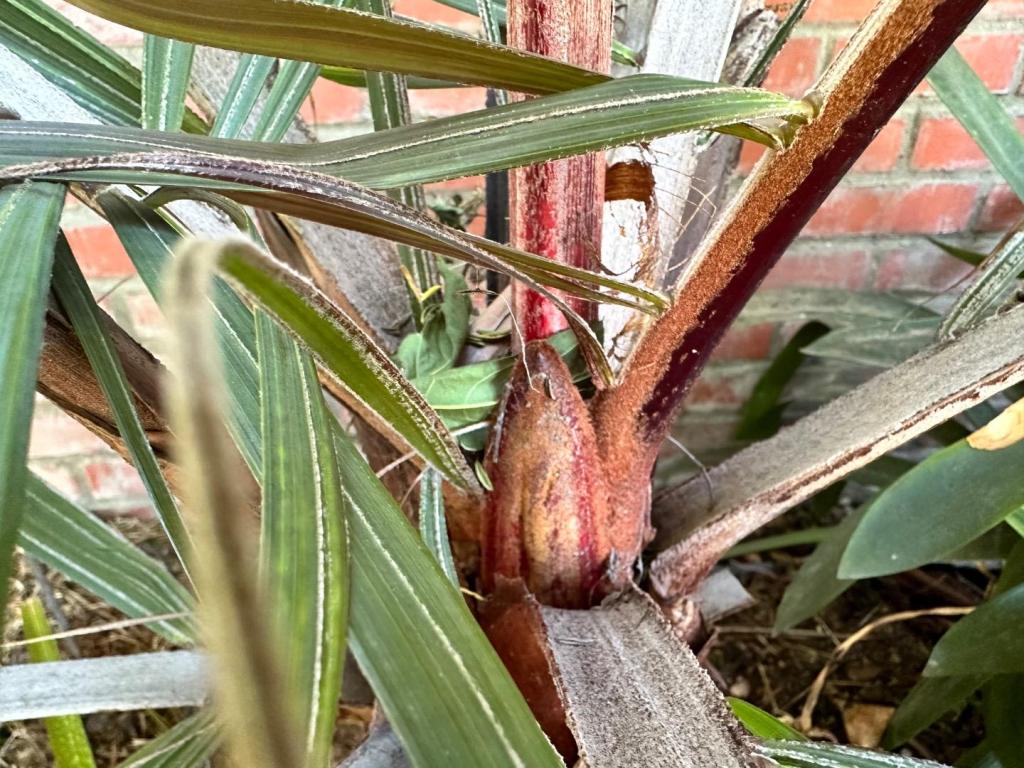

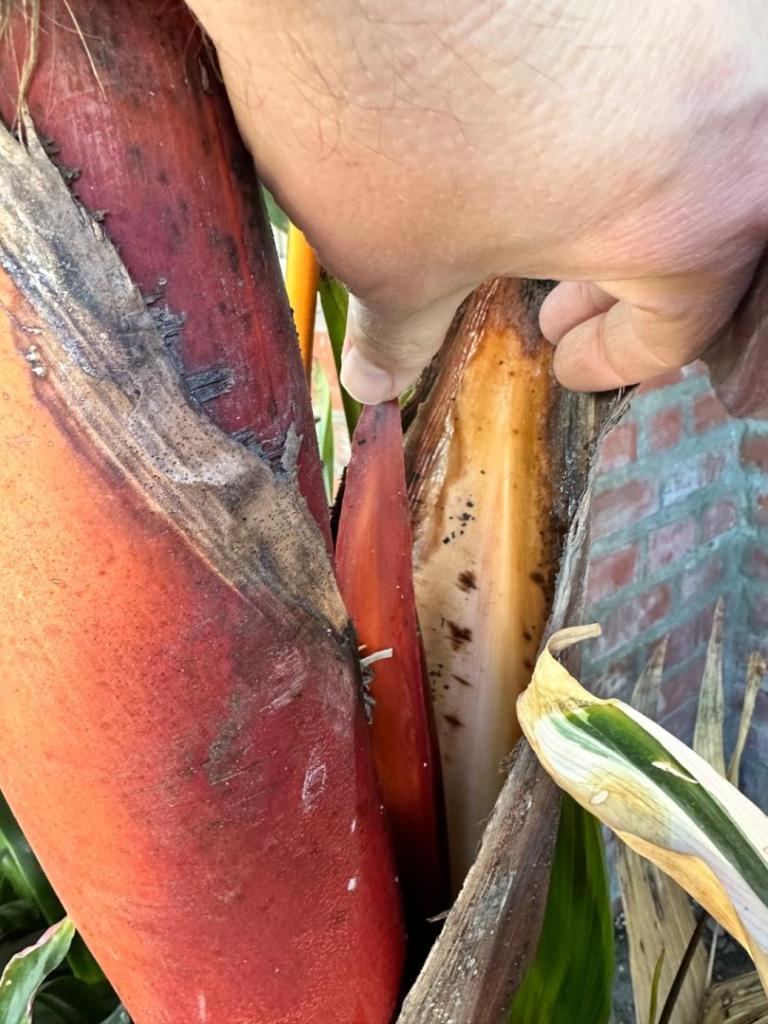

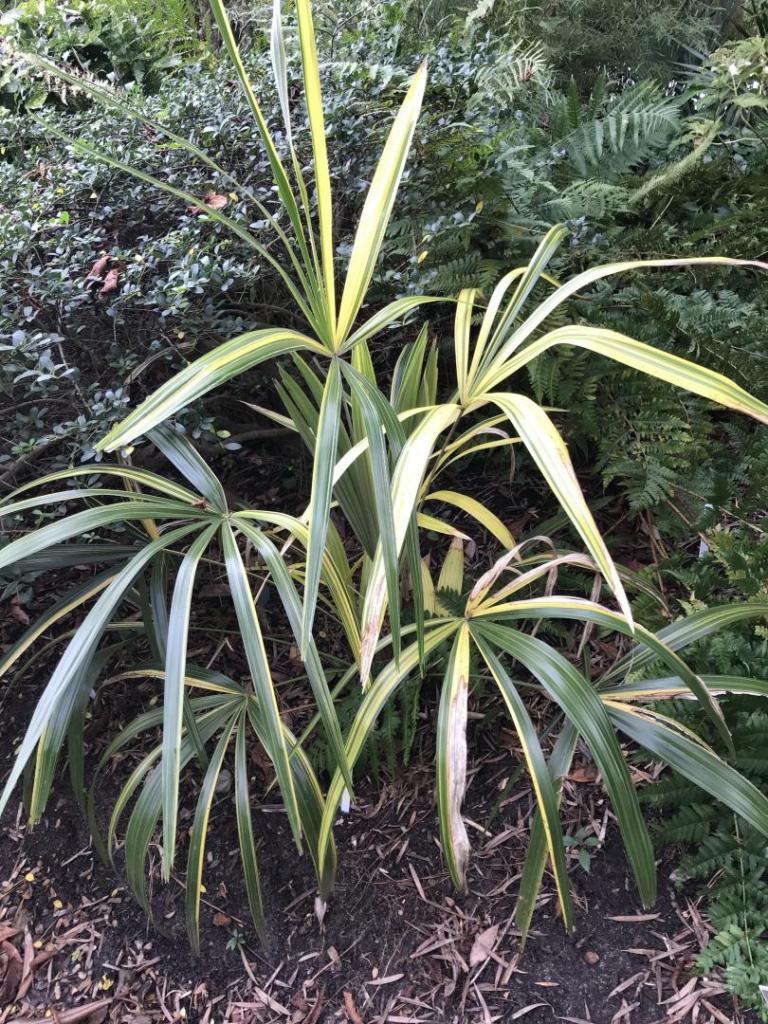
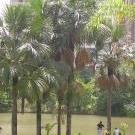
.thumb.jpg.5a6311deb204bbc18760adf2270a4743.jpg)


